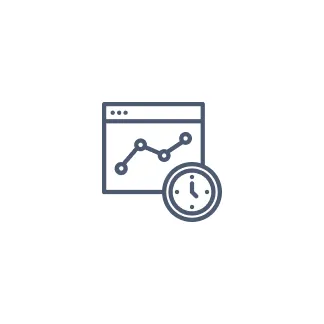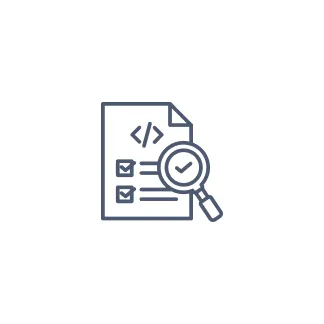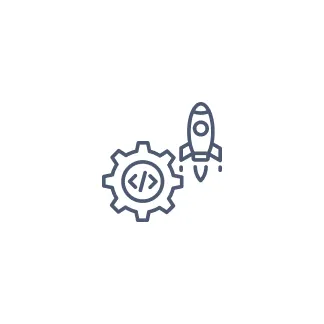Technologies employed included











Our client provides trade compliance software to a global user base of importers and exporters. Its module-based SaaS solution was in need of an extensive update and feature expansion. Sigli refactored the legacy system, modernised core functionality, and added country-specific extensions. The result was a scalable, maintainable platform able to meet the demands of modern, complex supply chains.

30% faster recovery time (after platform disruptions) through improved architecture resilience

65% decrease in bug resolution time due to improved code maintainability

20% cost savings in annual maintenance expenses because of modernised infrastructure

Reduction in time-to-market for new features by an average of 25%, made possible by streamlined development processes
Software
Large company (over 500 employees)
Austria
Our client provides tailored SaaS solutions to a global base of over 1000 customers across 55 countries. Its self-stated mission is to “bring all the tools companies need to effectively manage their entire international trade operations into a single location.” It is particularly well-regarded for its comprehensive suite of border customs and compliance management tools, which are built for regional and national use.


Our client serves over 1000 customers that must regularly deal with critical compliance and border customs tasks. Issues in these areas — and their knock-on effects on fast-moving supply chains — are often serious. As such, legacy system limitations pose operational risks to both enterprise users and the broader global trade industry.
An outdated backend was displaying limitations across a range of areas: real-time logistics monitoring, customs classification, origin management, integrations with third-party tools, and more.
Two full-stack engineers, one frontend engineer, and a delivery manager were assigned to the project. They followed a detailed roadmap made up of three stages.
Conduct a thorough system analysis of existing PL/SQL components.Identify modernisation and refactoring priorities.
Set up CI/CD pipelines to ensure smooth, reliable deployments.
Create detailed migration plans for each core module, with timelines and milestones.
Build the foundational system framework using Jakarta EE and MicroProfile, maintaining ecosystem integrations.Develop country-specific library extensions as modular components.
Implement API gateways and service mesh architecture for optimal performance and security.
Execute PL/SQL to microservices conversion while maintaining uninterrupted platform functionality and data integrity.
Integrate modernised services into existing workflows and Oracle database infrastructure.
Conduct comprehensive testing of the platform to guarantee reliability and feature perforRoll out gradually using blue-green deployment strategies to ensure zero-downtime transitions.










Communication was via virtual meetings with key partner and client stakeholders. We used email and WhatsApp as always-on channels.
The project followed an Agile methodology, which provided a structured yet flexible delivery framework. Communication comprised daily meetings and regular sprint planning, retrospectives and product refinement calls.

Sigli refactored the core platform, extended its feature set, and integrated new modules into the product ecosystem without any unwanted consequences.
Our client saw a range of performance improvements — a 30% boost to recovery speed after disruptions, a 65% reduction in bug resolution time, a 20% saving in maintenance costs, and a 25% cut in time-to-market for new features.

Comprehensively refactored legacy system

Replaced existing PL/SQL business logic within Oracle database components

Converted legacy architecture into modern Java-based microservices

Preserved critical compliance algorithms and trade management workflows

Ensured seamless data migration and integrity throughout the transformation process

Sigli has been instrumental in helping us ensure that our platform continues to meet the evolving needs of our diverse global client base. We’re very happy with their work and highly recommend them.
Are you eager to see the benefits of AI and ML in your own company? Get in touch today to learn how Sigli’s developers and AI specialists can enhance and upgrade your tech infrastructure.


Managing Director, Benelux



Chief Business Development Officer

